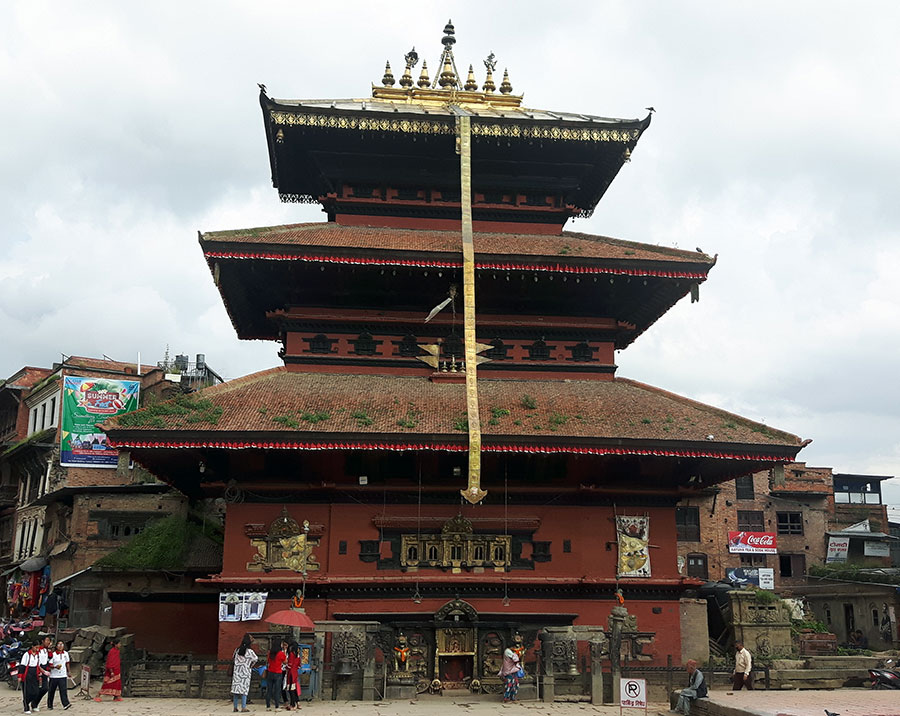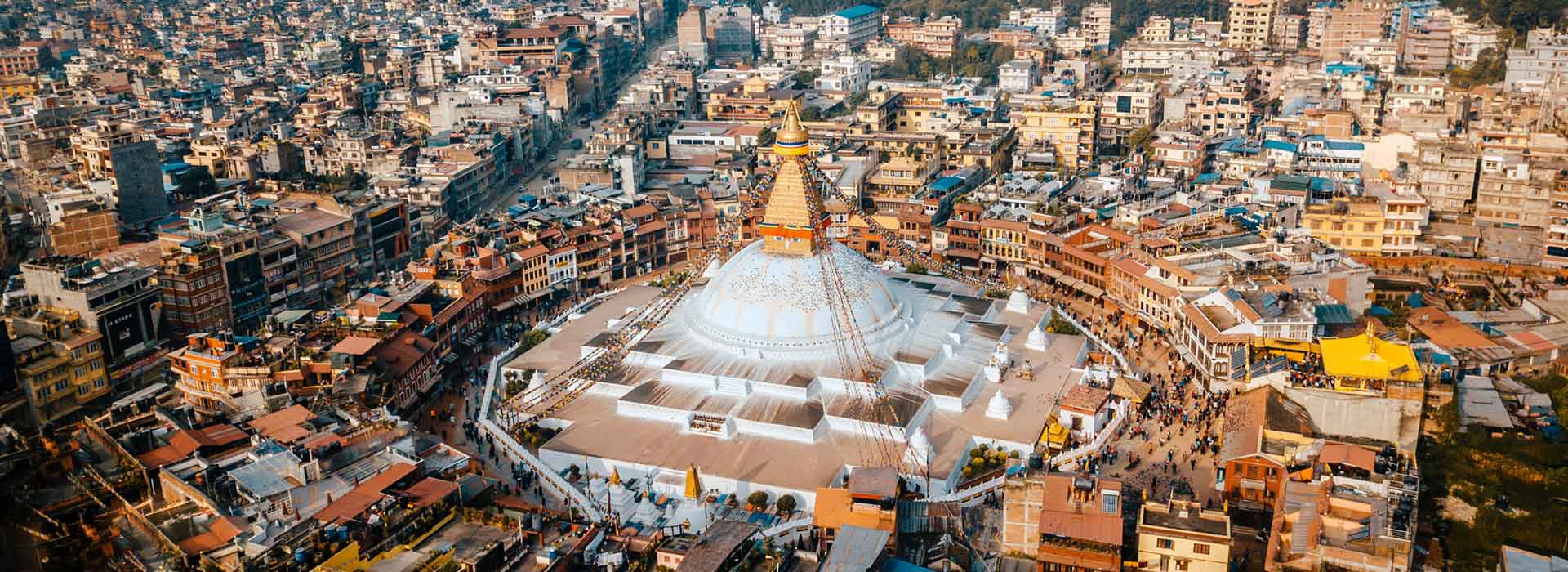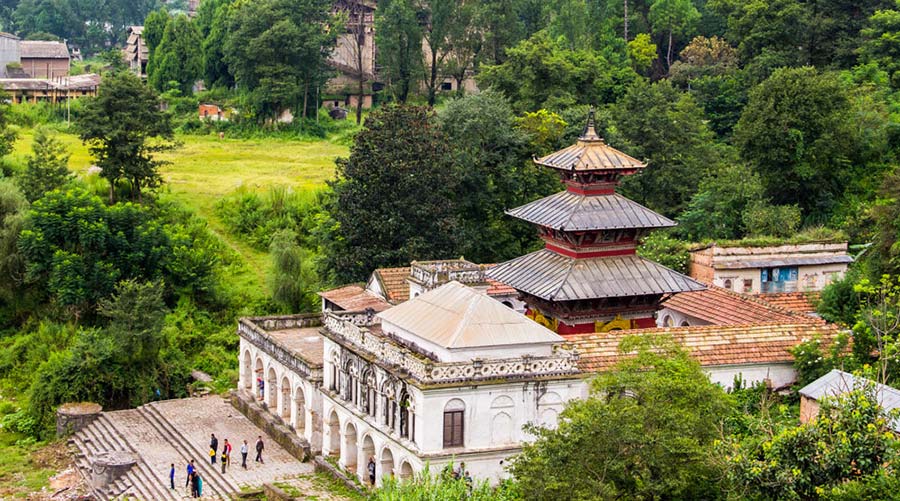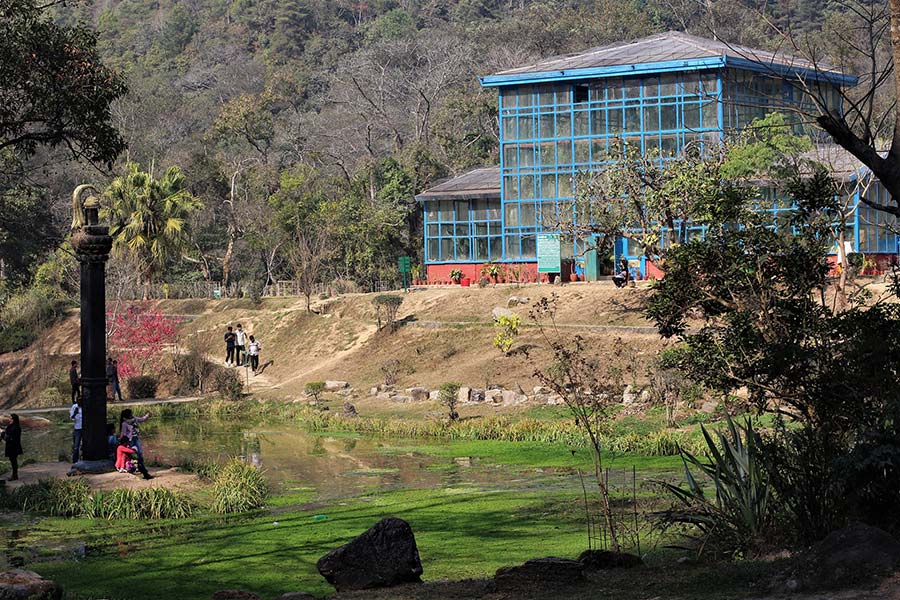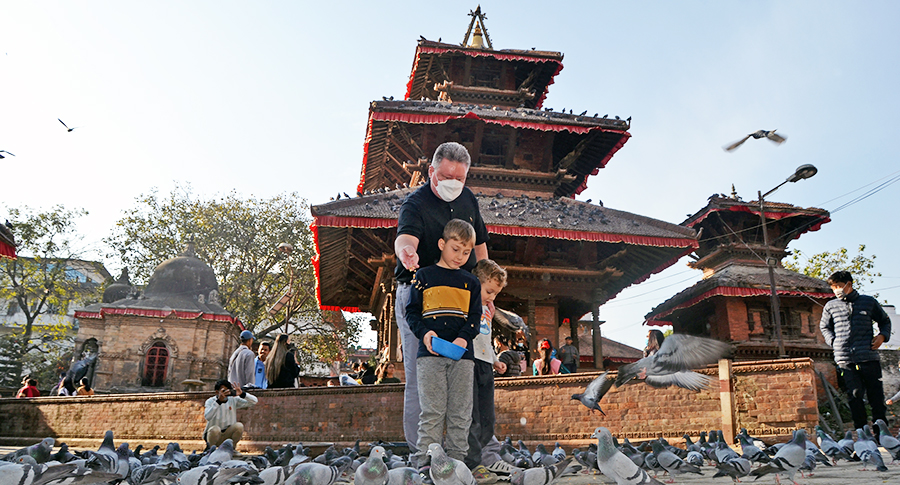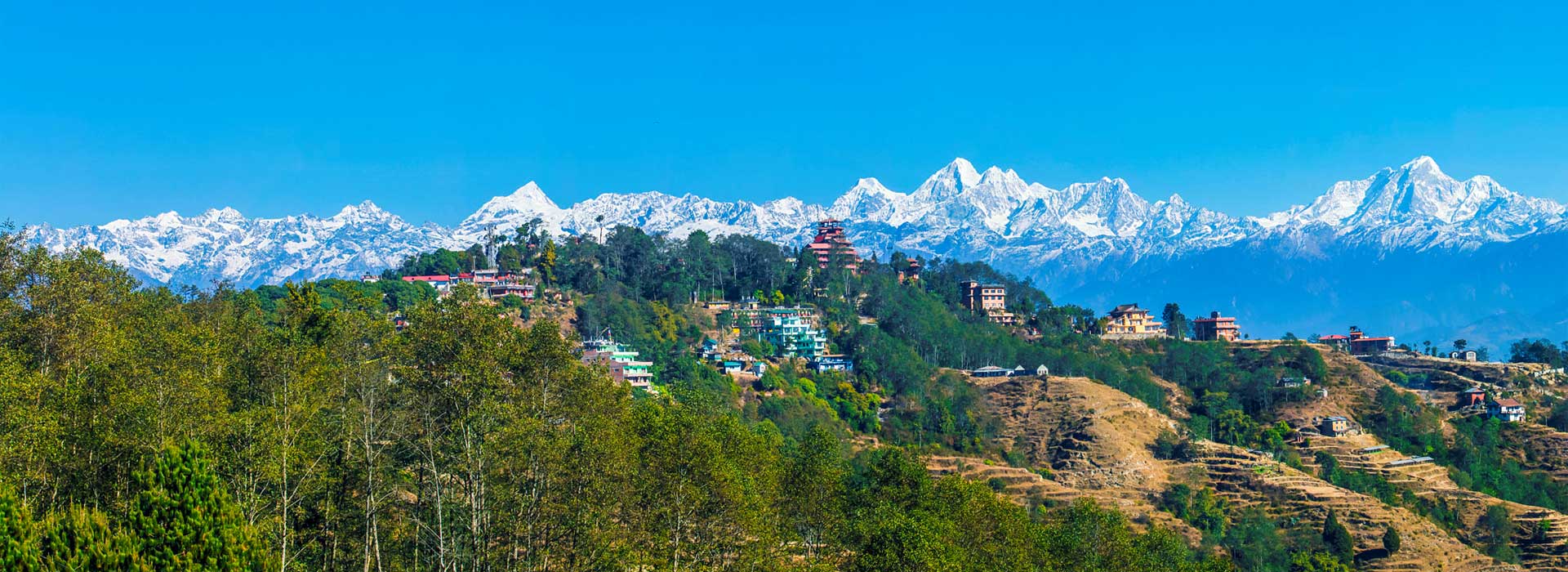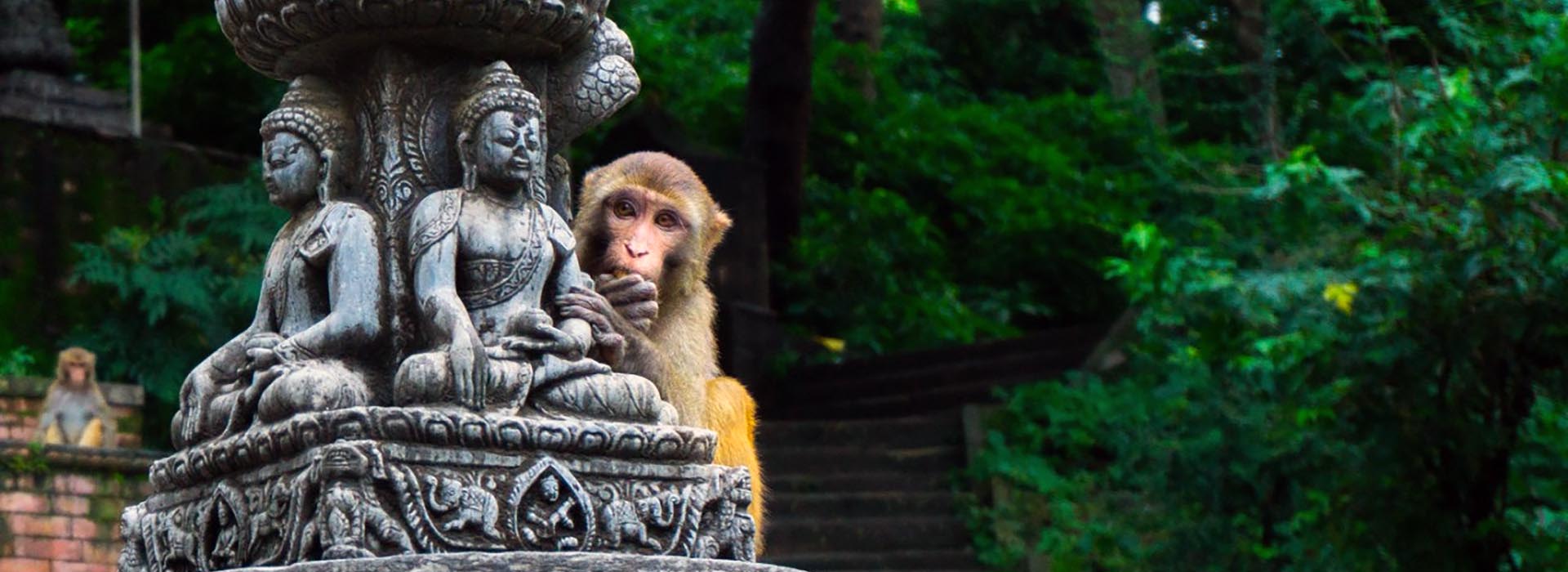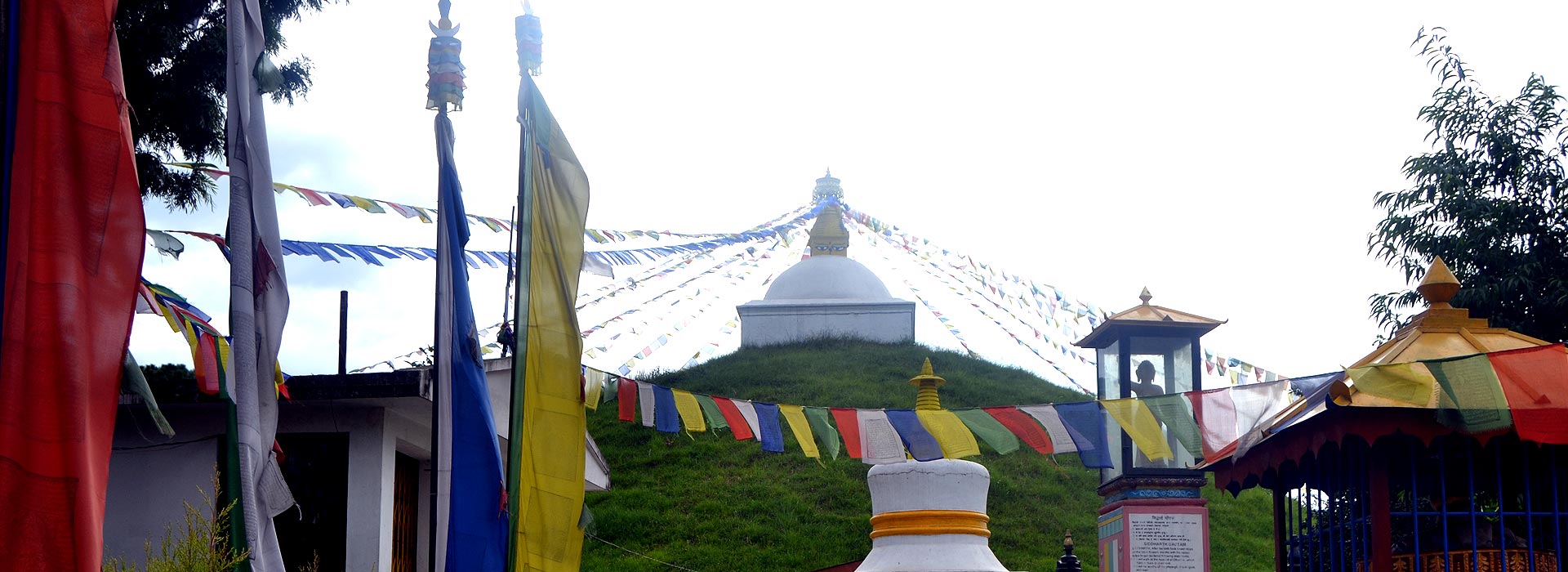Major places to visit around Kathmandu Valley
There are several Major Places to Visit around Kathmandu Valley. Kathmandu being the capital city of Nepal preserves many ancient and heritage sites. Out of hundreds of monument sites, 7 sites are listed under the UNESCO World Heritage site. Besides the main cultural heritage sites of the valley, there is much to see inside the city. Some monuments lie inside the core areas of the city, whereas others remain on the outskirts of the valley.
1. Bhaktapur Durbar Square
- Bhairabnath Temple of Bhaktapur
Boudhanath Stupa (Khasti Chaitya)
Chandragiri Hill
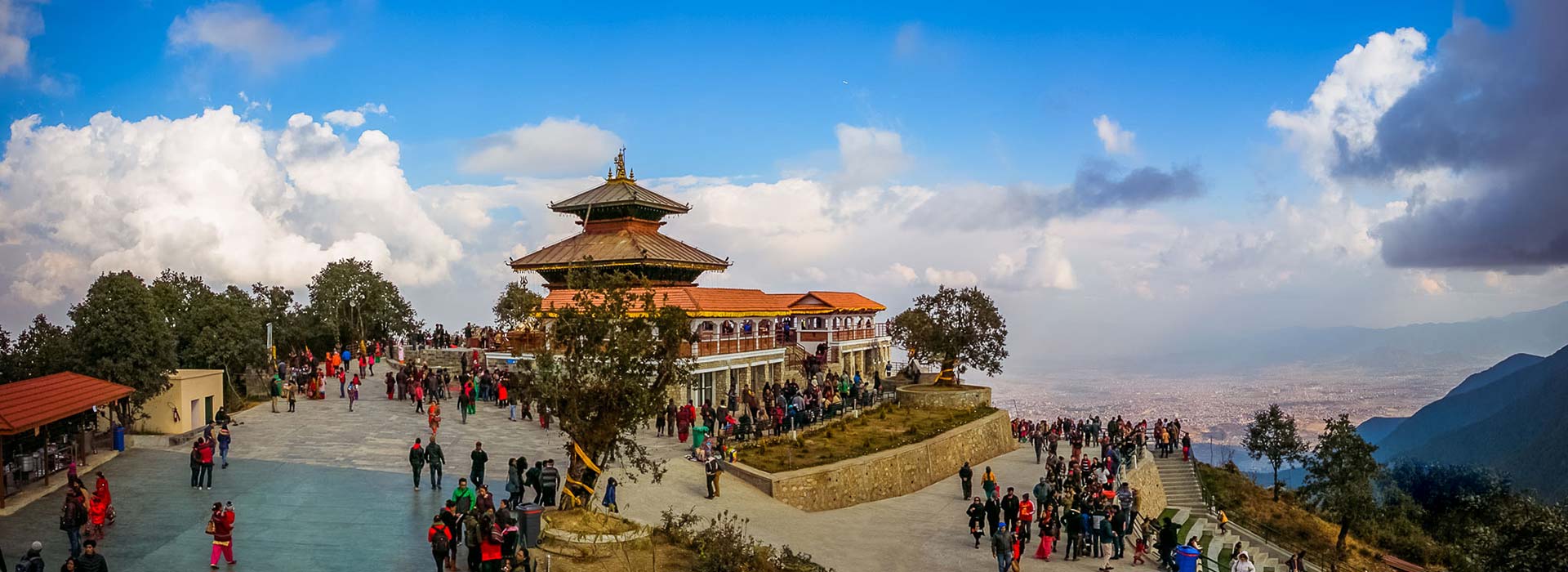
Changunarayan Temple
The historical landmark of Nepal, Changu Narayan Temple lies just 4 kilometers north of Bhaktapur. Situated at the top of a small hillock, the temple is one of the oldest monuments in Kathmandu Valley. The main temple is dedicated to Lord Vishnu. The place is sacred and witnesses the rich craftsmanship of the valley people of different times. Changu Narayan Temple is among the four Vishnu temples guarding the four different directions of the valley. Established around 325 AD, the premises preserve the first written history of Nepal carved in the stone pillar that holds Garuda. The monument is a standout amongst the country’s most wonderful and truly imperative structures.
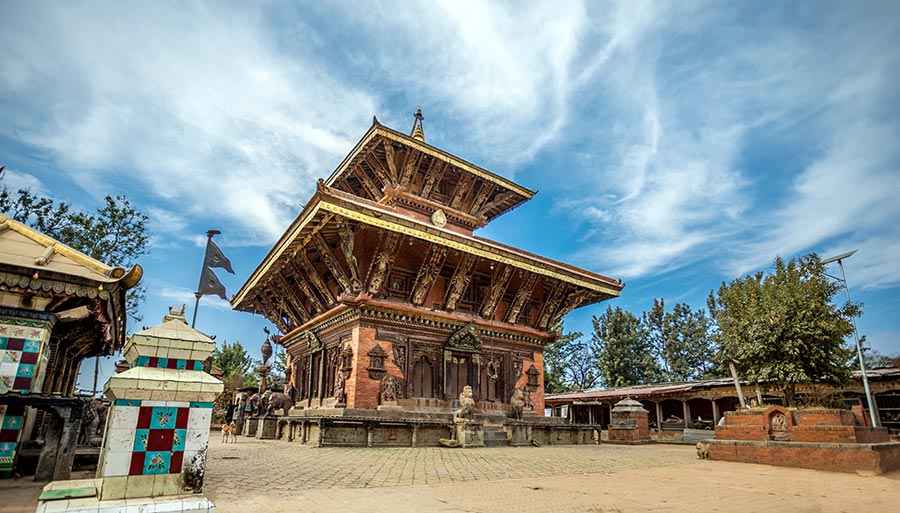
The temple has undergone reconstruction at different times in its history. In 1702 AD it was reconstructed after it caught fire. The main temple is a two-storied sanctuary witnessing the numerous carvings of the ten incarnations of Vishnu. Similarly, the multi-armed Tantric goddesses and unique Tri-Bikram Bamana Avatar idols are the actual jewels of Changu Narayan. The premise is a live museum for the stone, wood, and metal carvings of the Lichhavi time frame. The artifacts decorate the courtyard surrounding the main temple. The temple is famous for its extraordinary carvings. It is among the 7 monuments referred to by UNESCO World Heritage inside the cultural heritage site of Kathmandu Valley. Every day a good number of domestic tourists, Hindu pilgrims, and foreign visitors see the temple.
Chovar
Dakshinkali Temple
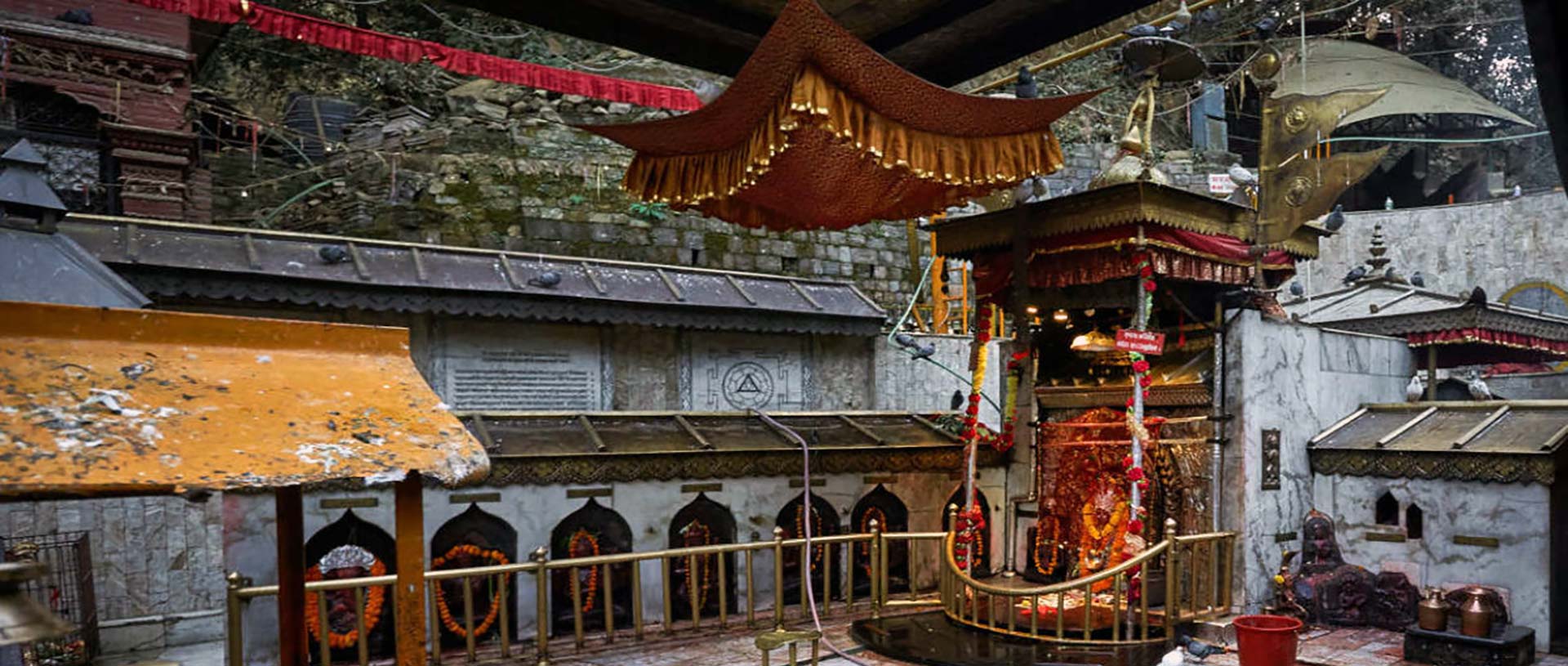
Dhulikhel
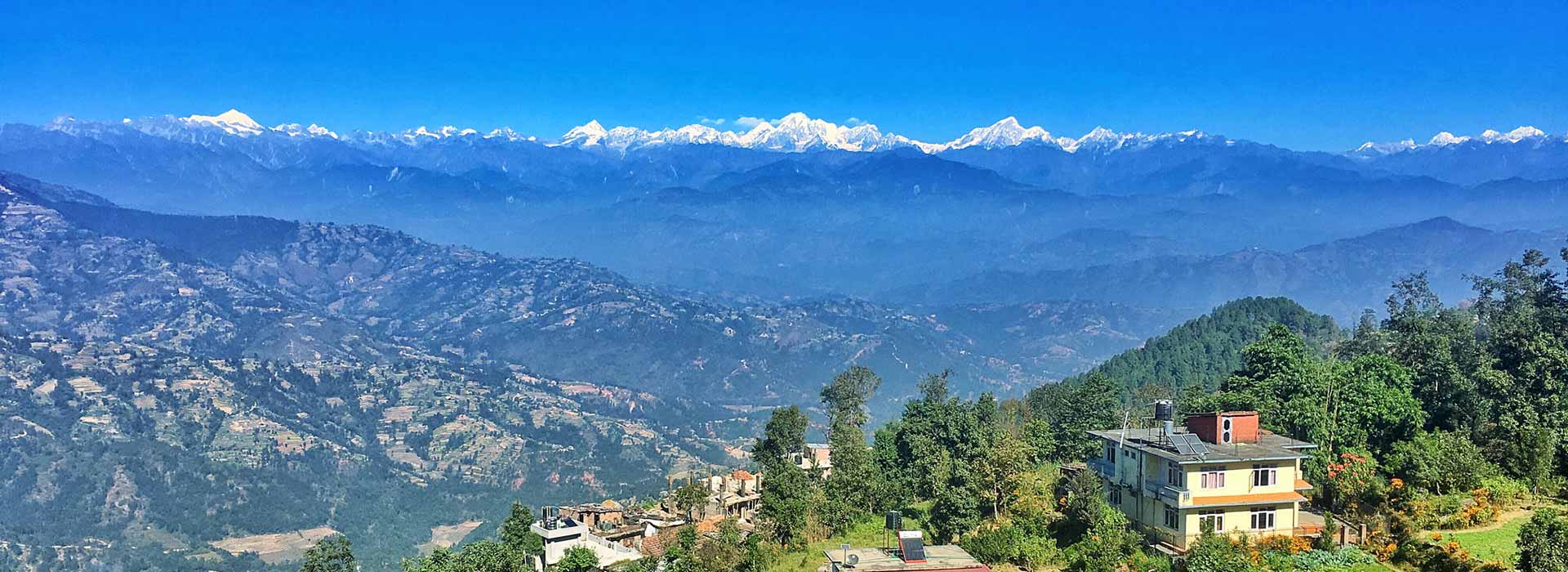
Godavari Botanical Garden
Kathmandu Durbar Square
Kritipur
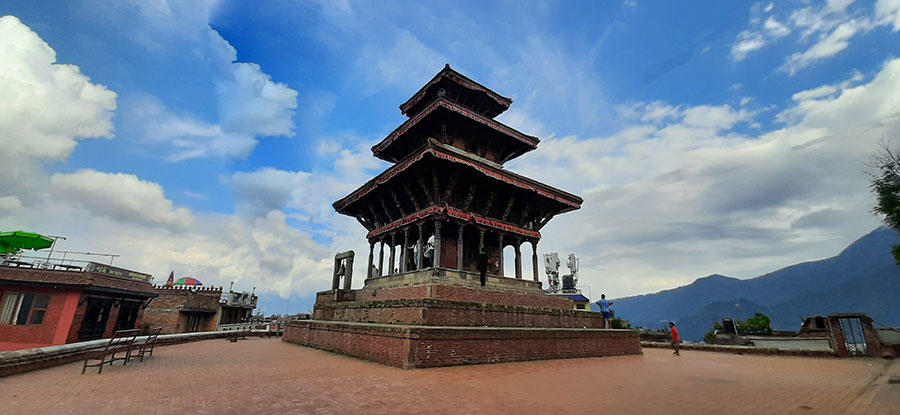
Nagarkot Hill Station /View Point
Namo Buddha
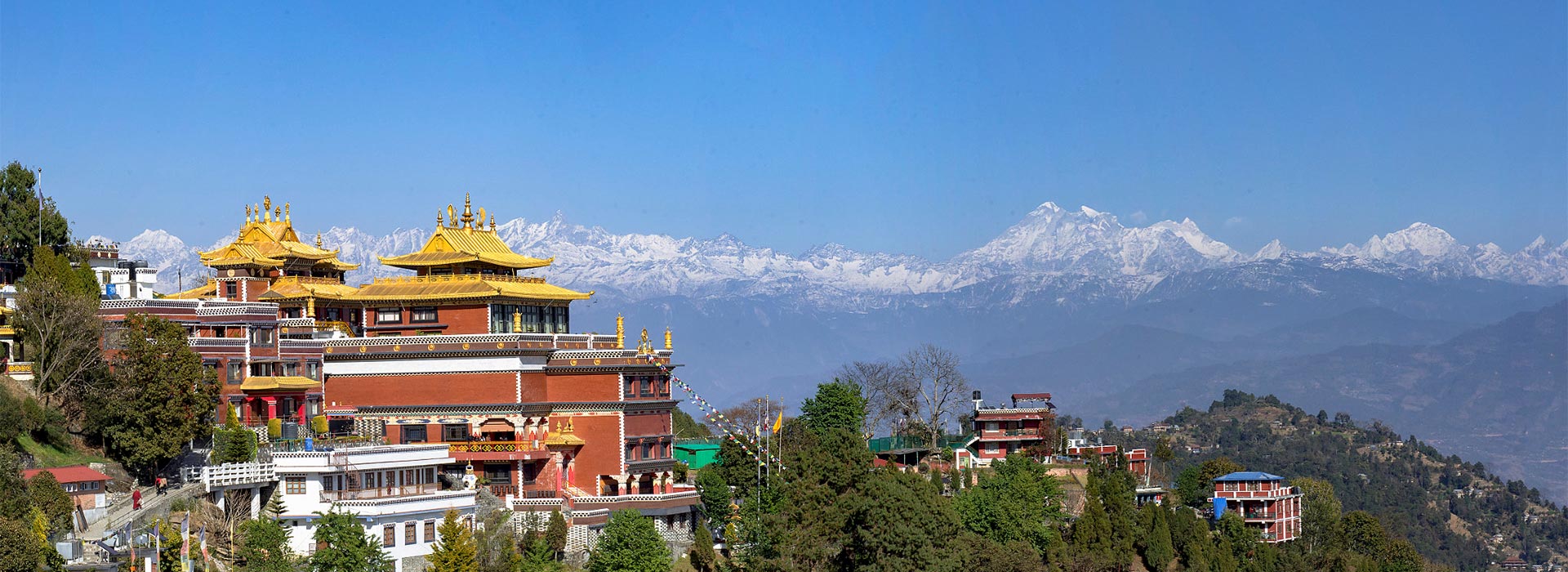
Pashupatinath Temple
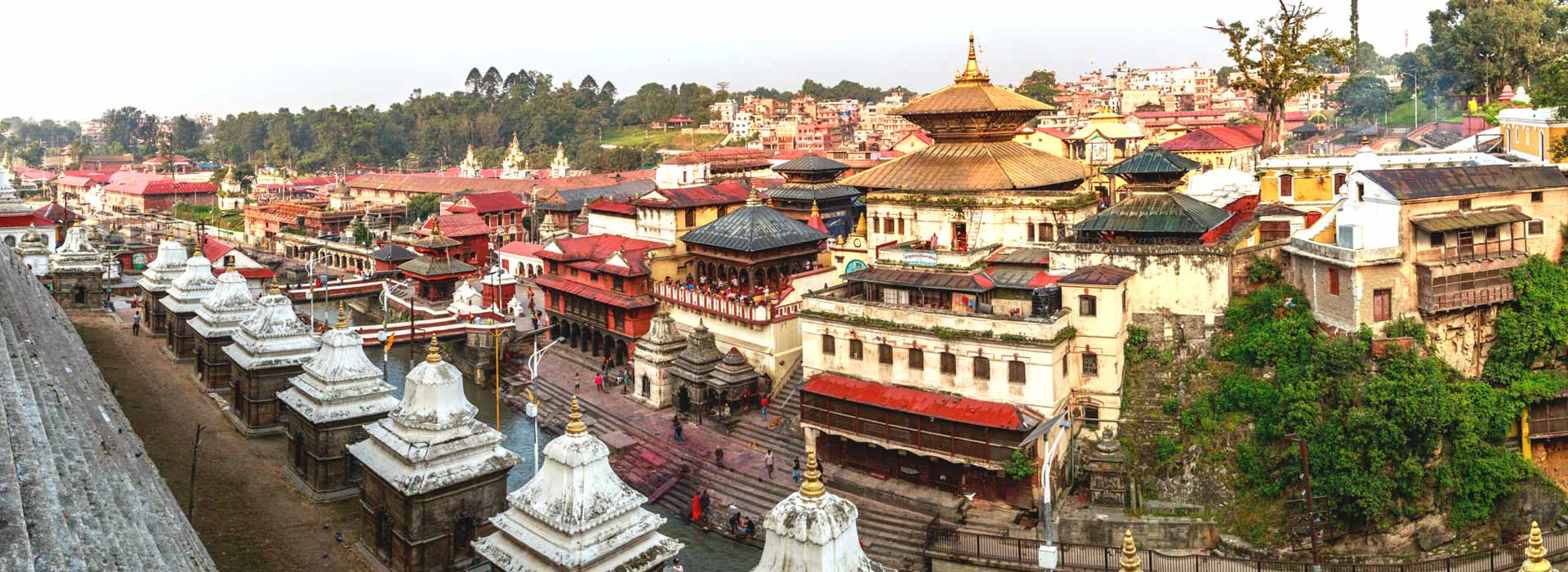
Patan Durbar Square

Patan-Lalitpur was formerly an autonomous city-state with its own position, and it still has a unique character. This is a creative city at heart, and the moniker Lalitpur – ‘City of Beauty’ – is well merited. This is the source of most of Nepal’s acclaimed fine craftsmanship, and the architecture – mainly extravagant temples and great palaces – is among the most stunning in the nation. The major monument of Patan Durbar, now a museum abodes many other temples with prominent architecture.
Swayambhunath Stupa
Swayambhunath Stupa, a golden spire atop a conical forested hill, is the most ancient and mystical of all the sacred monuments in Kathmandu valley. Its soaring white dome and gleaming golden spire may be seen for miles and from all sides of the valley. Swayambhu, which means “self-created or self-existent.” Saints, sages, and divinities flocked to the lake to worship this amazing light for its ability to bestow wisdom.
The region around the stupa is densely packed with chaityas, temples, painted pictures of deities, and a plethora of other religious artifacts. Many modest shrines contain sculptures of Tantric and shamanistic deities, Tibetan Buddhist prayer wheels, Shiva lingams, and a prominent Hindu temple devoted to Harati.
Another intriguing, but smaller and less frequented, temple over Swayambhunath hill. This is Shantipur, the ‘Place of Peace,’ within which the 8th century Tantric guru Shantikar Acharya resides in a hidden, constantly sealed isolation chamber. He is a powerful esoteric magician with perfect control over the weather who practices meditation techniques that have protected his life for numberless millennia.
Four Ashokan Stupa of Patan
THURA LAGAN (SOUTHERN STUPA):
The southern mound of Patan’s four stupas is known as Lagan Thura Stupa. It is the biggest of the four stupas, with a diameter of 47.40 meters and a height of 11.80 meters. A recently erected building, a small cenotaph, crowns the mound. Tathagata (Buddha) shrines are said to have been added around 1878. Just south of the Lagankhel bus terminal, on a hilltop with great views of southern Patan.
EASTERN STUPA TETA THURA:
This Stupa is located around 200 meters east of Patan’s Tyagal Tole, along the Ring Road. This stupa is somewhat larger in terms of perimeter than the other two stupas. This Stupa has a radius of 75.83 meters and a height of 10.4 meters. It also features a 1.6-meter-high fire Vedica (railing) with one Tathagata in each direction. The 4.5m-high dome is paved with firebricks and topped with a square Harmika. In addition, there are three inscriptions that are extremely difficult to read. As a result, the eastern stupa is well-known for visitors interested in learning about Patan’s art and skill.
WESTERN STUPA – PUCHO THURA:
The Stupa is located near the bustling Pulchowk crossroads at Patan’s western end. This Stupa has a radius of 75.52 meters and stands 12 meters tall. It also contains a 1.2-meter-tall Vedika with one Tathagata in each direction. The 6.5-meter-tall dome is paved with firebrick. It, like the Eastern Stupas, lacks Harmika. The thirteen-ring Cakravalis, on the other hand, is built immediately over the dome in a square-shaped pyramid construction in this western stupa. A Yasti completes the picture. It is surrounded by grass alongside the main road in Pulchowk. The Aksheshwar Mahavihar, a courtyard-style Buddhist monastery on the hilltop, is reached via a set of steps.
THURA IBAHI – NORTHERN STUPA
This Stupa is more intricate and smaller than the other three. It resembles the Swoyambhunath Stupa in Kathmandu. It has a circumference of 60.62 meters and five Buddhas in the Vedika with their consorts, with the exception of the Tathagata Vairocana. The Vedika is 1.5 meters tall, while the dome is 5.5 meters tall. On top of the dome is a square Harmika. A 13-step Cakravali with a Yasti on top of the Harmika may be seen. On the road to the Sankhamul Ghats, just beyond the Kumbeshwar Temple.
You can book a day tour from Kathmandu to visit all the four Ashokan stupas of Patan (Lalitpur)

